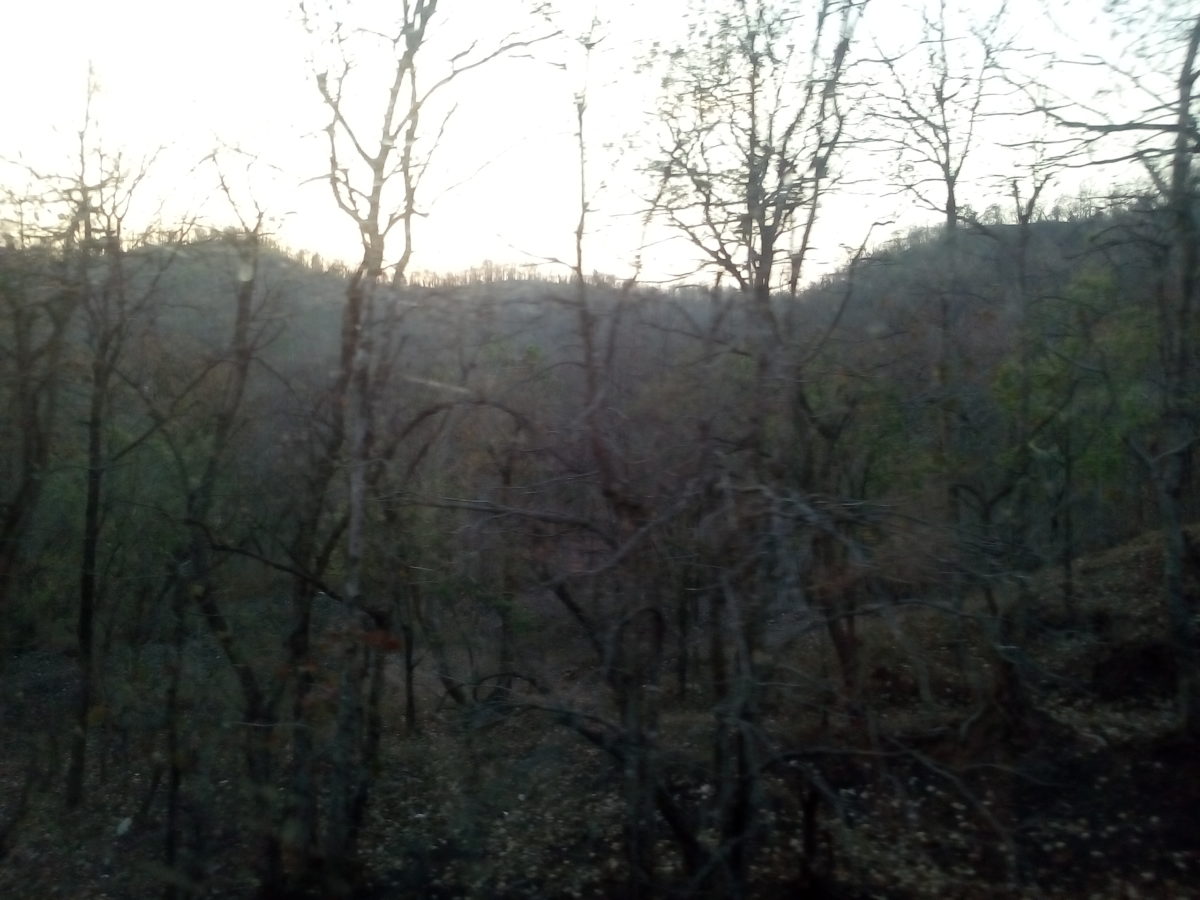 The Internet is fast establishing itself as the central nervous system of a newly evolving entity, i.e. connected humanity. For the first time in the history of our planet, a species has built a mechanism that allows members displaced over great distances to communicate instantly, using electricity as the medium. This is no smaller feat than the evolution of the central nervous system in life forms on this planet, which is the basis of identity and self awareness.
The Internet is fast establishing itself as the central nervous system of a newly evolving entity, i.e. connected humanity. For the first time in the history of our planet, a species has built a mechanism that allows members displaced over great distances to communicate instantly, using electricity as the medium. This is no smaller feat than the evolution of the central nervous system in life forms on this planet, which is the basis of identity and self awareness.
This new central nervous system interacts with the existing systems already in place, which are also electrical in nature, i.e. the biological central nervous systems in living beings.
The internet stimulates more and more of our senses every day, by making it possible to transfer entire experiences instead of just messages. However, in this race to communicate, some members of the species are being left out, almost as if marked for extinction by the larger organism.
The poor, the primitive, the aboriginal, the weak and the non-aggressive in all parts of the world are being increasingly left behind in the race to connect to the mainstream. This is not so much a sign of discrimination amongst individuals and communities, but a sign of sickness and malnutrition in the super organism being created by the inexorable advance of the internet into newer and newer dimensions.
This organism can no longer afford to grow centrally, simply because it is finding it too costly to extend a central nervous system to all parts of the species.
There are therefore two pathways from this point on.
Either the single organism that is represented by the current centralized internet will dominate and those members of the human species who fail to connect to it will simply become extinct.
The other possibility is that those who are left beyond the pale of the mainstream internet will find ways to build their own networks and find ways to interact with other networks.
Until recently it looked like the former would happen. We at the Mojolab Foundation finished the first prototype of a local wifi network model in partnership with Janastu and Servelots at Hale Kote in Karnataka sometime in the middle of 2015. However, given the cost of equipment and the gap in skill availability to use and manage a network of this sort on the ground, we spent the last year searching for the first community who would actually  find it worthwhile to buy, own and operate a network of their own. We explored many groups, ranging from urban low income housing communities in Bangalore, to elite IIT-JEE training facilities in rural Maharashtra to members of both the tourism industry and the development community in Uttarakhand, but we were unable to establish a usecase for any of the communities that warranted expense and effort by the community themselves. It seemed that those disenfranchised by the telecommunications industry had given up hope.
find it worthwhile to buy, own and operate a network of their own. We explored many groups, ranging from urban low income housing communities in Bangalore, to elite IIT-JEE training facilities in rural Maharashtra to members of both the tourism industry and the development community in Uttarakhand, but we were unable to establish a usecase for any of the communities that warranted expense and effort by the community themselves. It seemed that those disenfranchised by the telecommunications industry had given up hope.
 Finally in October of 2015, we had a communication from Indore, from Shri Rahul Banerji, an Ashoka fellow and a long term grassroots worker in the Central Indian region.
Finally in October of 2015, we had a communication from Indore, from Shri Rahul Banerji, an Ashoka fellow and a long term grassroots worker in the Central Indian region.
Rahul da is associated with the Ranikajal Jeevanshala, a small, partly residential school run by and primarily for but not limited to the Bhil community in and around village Kakrana, District Al irajpur.
irajpur.
The school is run and managed by Shri Ninga Solanki, the headmaster and Shri G Kemat, the director along with a dedicated staff of teachers some of whom live on campus with the children. Connectivity is almost non existent as the school is in a valley and no cellphone signal reaches it.
https://www.youtube.com/watch?v=mJwlyL051t4
The Mojolab Foundation’s Arjun Venkatraman visited the school in the summer of 2016, to assess the need and suggest a minimal network strategy to link the school to the Internet. Based on field experiments at the time, it appeared that the school received an intermittent 2G network signal from a mainstream ISP at one location on a hilltop within the campus. By placing a mail server relay at the network hot spot, we were able to send the first email from the school. Based on this proof of concept, we designed the #Ranikajal #COWMesh…
(….see more in Part Two)

that comparison to central nervous system spooked me out.
I see my illness or wellness cause and effect there.
But i see everything as connected anyway.
A very triggering and thought exciting post arjunven!!
Timing by chance but today are gbms for dksharma as well